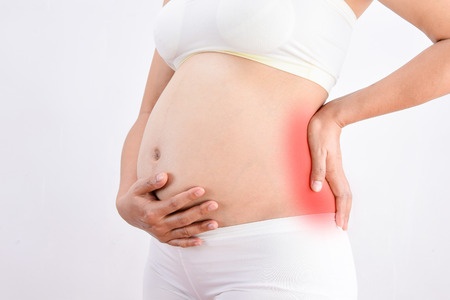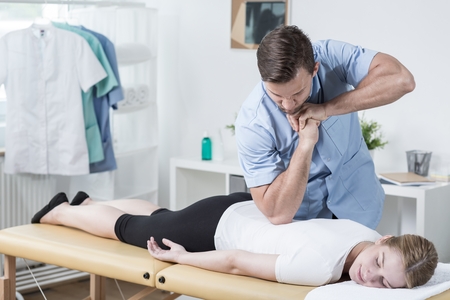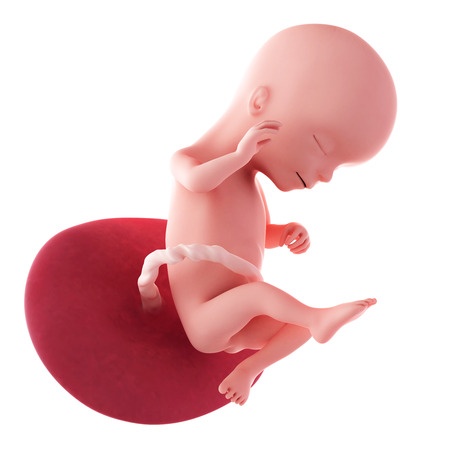What is Sciatica?
Sciatica is the name given to pain in the lower limbs which begins from the lower back and travels down the entire leg up to the heel. It is felt as lower back pain which extends to the back of the leg as a sharp, shooting pain along the course of distribution of the nerve. It occurs due to the compression of the sciatic nerve or one of its roots when it originates from the spinal canal. This compression can occur due to many reasons, the commonest being disc herniation.
Causes of Sciatica
The symptoms of sciatica are mainly due to the compression of the sciatic nerve or one of its roots at the site of origin from the spinal canal. The compression of the nerve can occur due to the following pathological conditions:
- Spinal Disc Herniation: There is a cushion like disc present between every two vertebrae. When this disc herniates from its normal position, it presses on the nerve roots near it. The pain also arises due to pressure on the nerve roots by the inflammation of the surrounding tissues. It is one of the commonest causes of back pain.
- Spinal Canal Stenosis: The spinal cord runs in the space within the spinal canal formed by the vertebrae. Narrowing of this space occurs due to bony spurs, inflammation, disc prolapsed etc. This narrowing causes compression of nerve roots.
- Pregnancy: The growing fetus in the pelvis can cause compression of the sciatic nerve itself and lead to pain and more commonly, numbness.
Signs and Symptoms of Sciatica

- Leg pain – Pain in the back of the lower limbs or buttocks
- Dull lower back pain.
- Pain that is worse on sitting. Pain is better by walking or lying down.
- Low backache which extends to the back of leg and up to the heels
- Weakness and numbness of legs
- Sharp, shooting pain on walking.
- Pins and needles sensation in the legs
- Pain extending up to the heels or ankle.
The intensity of the pain depends on the level of involvement. Initially, the pain may be the only symptom. As the disease progresses, numbness, stiffness and other debilitating symptoms can set in. The pain is triggered by walking short distances.
Diagnosis and Treatment of Sciatica
Diagnosis is done on the basis of the typical pain symptoms and physical examination. The commonest test done on outpatient basis is the SLR test (Straight Leg Raising test). The doctor does a passive flexion of the leg to be tested. If pain is felt between 30 to 70 degrees of the leg raise, then the test is considered positive. This test is positive in 90% of the people with sciatica.
The most common line of treatment is pain killers and muscle relaxants. Vitamin B12 is also prescribed as a supplement for such patients. Chronic sciatic nerve pain cases are prescribed gabapentin along with pain killers. If there is severe spinal stenosis, back surgery or non surgical spinal decompression may be required. Hot and cold fomentation also provide symptomatic relief.
Exercises to Relieve Sciatica
- Physical therapy and back pain exercises are a very important part of treating sciatica. Ease Sciatic nerve pain with exercises include muscle strengthening, stretching and isometric exercises.
- Strengthening exercise mainly aim at improving the muscle tone of the back, abdomen and hip muscles. Stronger muscles help to support the joints better and reduce the pain on movement.
- Stretching exercises are mainly to relive the pain and stiffness. The most important muscles to be targeted are the hamstring group of muscles.
- Other moderate intensity exercises are walking, swimming, aerobics and yoga which prove helpful to such patients.
Tips for Patients with Sciatica

- Avoid standing for long hours
- Change your position or start walking slowly if the pain is very severe after a period of rest.
- Take vitamin B12 on a regular basis
- Do not pick up heavy weights as they can strain your back.
- Lie down or sleep on a hard mattress. Soft bedding can increase your pain as the curvature of the spine is not right.
- Do your muscles strengthening and back pain exercises daily
- Wear a support belt as it will help to relieve low back pain.
- Avoid long travels as the jerky movements can further aggravate the existing symptoms

